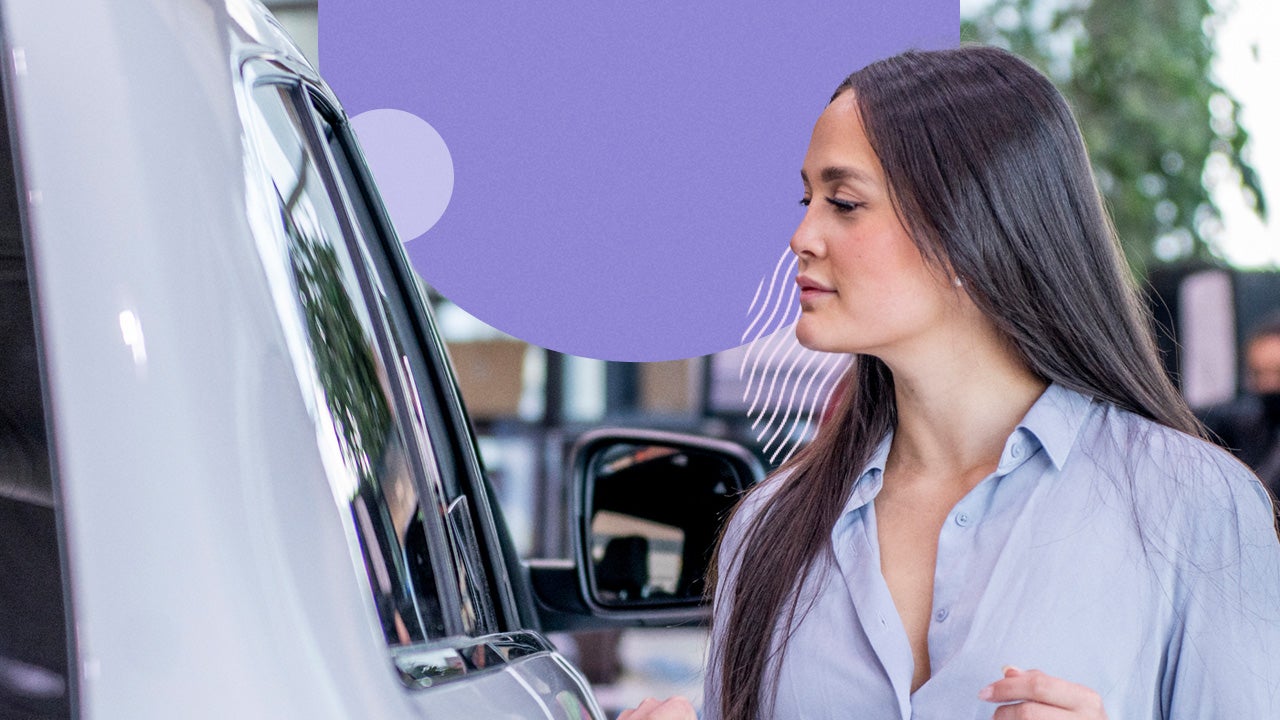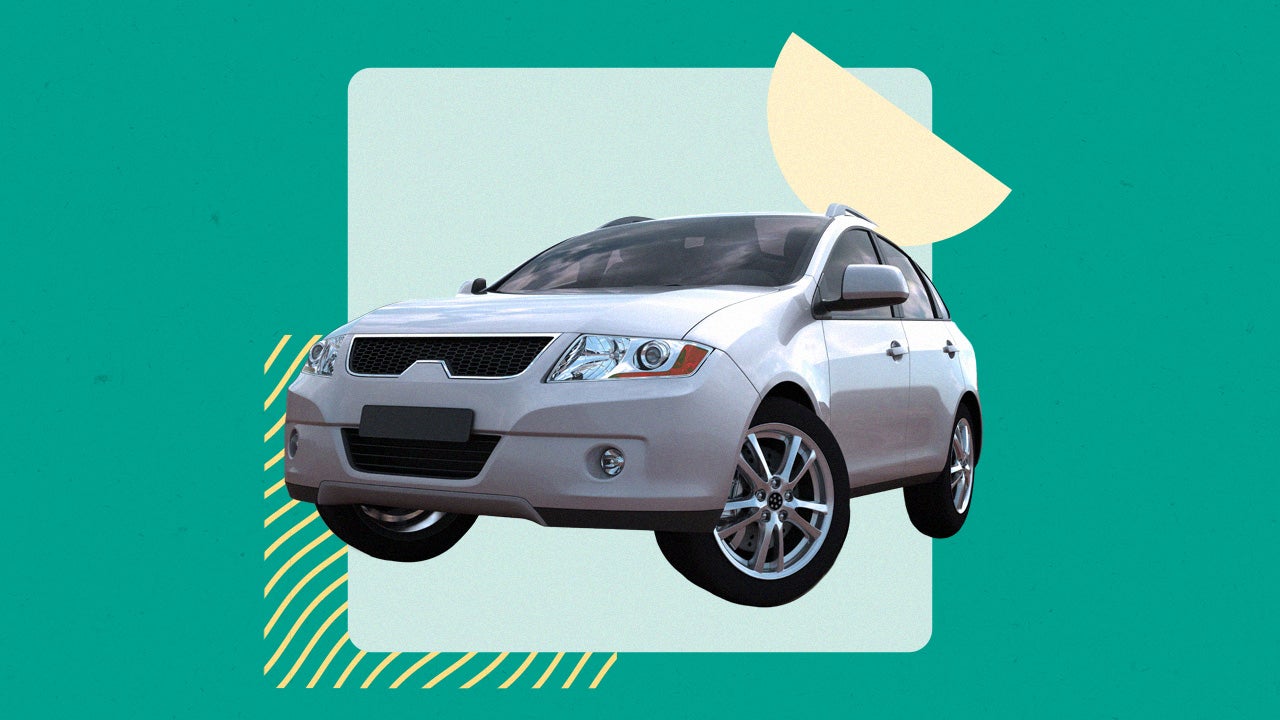How to get a lower car payment: The 5 best strategies

Key takeaways
- Renegotiating your loan terms, refinancing or making extra payments can help lower your car payment.
- You can also sell your current car and buy one with a more budget-friendly payment but watch out for high interest rates.
- Before you buy, shop around and save for a large down payment to keep your car payment low.
- If you decide to swap your current ride for a new one, save for a large down payment and shop around to keep your car payment low.
If your car payment is draining your budget, you are not alone. The average car payment for Americans is between $500 and $750 a month. And according to a recent Jerry survey, 58 percent of American drivers have cut spending to afford car expenses. But there are ways to lower your payment.
How to lower your monthly car payment: 5 ways
When you finance a car purchase and the lender tells you your payment, it seems set in stone. If you speak with the lender or take these extra steps, you may be able to reduce your car payment to something more affordable.
1. Refinance your car loan
There are two ways refinancing your car loan can help lower your monthly payment. You can refinance to a lower interest rate with the same term as what remains on your current loan, which means you pay less each month, or you can refinance your auto loan at a longer loan term. This will make your monthly payments lower, but you’ll pay more interest overall.

Pros
- More affordable monthly payments with a lower rate or longer term.
- Potentially keep the same loan term.
- Get a lower interest rate if you qualify.

Cons
- Higher borrowing costs over time if you extend the loan term.
- Good or excellent credit may be required to secure a lower rate.
- Refinancing may come with fees.
2. Renegotiate your loan terms
Lenders often allow you to defer a payment when you’re facing financial hardship and can’t afford your car payment. This can take the pressure off for a month or two. But interest continues to accrue during deferment, so your loan balance may rise.
You can also request a car loan modification. The lender may be willing to extend your term — which means paying more interest — or reduce your interest rate. The latter is better for saving you money over the loan term. However, it may be difficult to qualify for a lower rate if you don’t have good credit.

Pros
- Potentially skip a payment in the short term with a deferral.
- Car loan modification can make your monthly payments more manageable.
- Credit check may not be required to renegotiate loan terms.

Cons
- Car loan modification can mean higher borrowing costs.
- Deferred payment is added to the end of the loan.
- Interest continues to accrue during the deferral period.
3. Sell or trade in your car
If your car is over your budget, you can sell it and buy a more affordable vehicle. The most convenient way is trading your car in at a dealership. You can use that extra cash as a down payment on your next car and won’t need to handle a private sale. But private sales may net you more money.
It is crucial to consider the current market if you’re deciding whether to sell. For example, current car interest rates are high. So, your new car loan may have a higher interest rate. But used car prices are still up, so you may get enough for it to offset the increased rate and still reduce your car payment.
If you decide to sell but haven’t fully paid off your car loan, the lender has a lien on it. Keep in mind that selling a car with a lien on it can be complicated. Talk to your lender to make sure you aren’t violating the terms of your contract.

Pros
- Trading your vehicle is a seamless process.
- Trade-in value can automatically be applied as a down payment.
- Private sales can be lucrative and net you a larger down payment.

Cons
- Dealership may offer far less for your trade than it’s worth.
- Selling to a private buyer can be time-consuming.
- Car liens can make selling or trading a vehicle more challenging.
4. Make extra payments when possible
Getting ahead on your car loan will help lower future monthly payments — or skip them entirely. While many lenders apply extra payments only to interest, you may be able to request yours go directly to the principal. That said, if you’re already having difficulty making the payment, you may think paying more isn’t possible.
Ask your lender about making biweekly payments. Making half your car payment biweekly instead of the total payment monthly can help you pay off your car loan quicker. You can also use funds like gift money or your annual tax refund to pay more on your car loan. Both of those suggestions will help reduce the total amount you owe.

Pros
- Save on borrowing costs by paying the loan off sooner.
- Lowers your principal balance faster.
- Biweekly payments mean an extra monthly payment annually.

Cons
- Tightens budget if your car payments are on the higher end.
- Relief from monthly payments could take months or even years.
- Prepayment penalties may apply.
5. Switch your insurance
Car insurance premiums aren’t technically a part of your monthly auto loan payments, but depending on the price you pay for coverage, you could find yourself spending far more than you bargained for to legally keep your vehicle on the road. It is often worth shopping around to determine if there’s a more affordable auto insurance policy out there. You may find a better deal for the same level of coverage with a different provider, and you can inquire about discounts that could make switching even more worthwhile.

Pros
- Potentially lower auto insurance premiums.
- Access to more lucrative discounts, if available.
- Customer service could be better.

Cons
- Early termination penalties may apply.
- Potential loss of loyalty benefits.
- Searching for a new provider could be time-consuming.
Calculate how much you can afford
Even if you’re eager to shop for your new ride, don’t start until you run the numbers. Start by computing the estimated monthly payments to determine if they work for your budget. Consider using an auto loan calculator to do the work for you. Here’s what you’ll need:
- Estimated loan amount. This is the amount you want to borrow after making the down payment, and it can be lowered by trading in your current ride or taking advantage of cash rebates (if available).
- Loan term. A longer loan term can make your monthly auto loan payments more affordable, but it also means you’ll pay more in interest over time.
- Interest rate. It varies, but expect to get a higher interest rate if you opt for a longer term or if your credit score is poor.
Also, look beyond the monthly auto loan payments to calculate the total cost of vehicle ownership and if it’s affordable. This includes fuel, repair, maintenance and auto insurance costs. If you haven’t yet purchased the vehicle, be sure to include the title and registration fees along with the taxes you’ll pay to complete the transaction.
How to get a lower car payment before buying
Shop smart to get a low payment on your next vehicle.
- Buy a used vehicle. Not only is it significantly less expensive upfront, but buying a used car will also help you avoid the huge drop in value that new cars face.
- Save for a large down payment. The more you pay upfront as a car loan down payment, the less you will need to finance — which means a lower car payment.
- Trade in your current vehicle or sell it privately. Using your current ride to boost your down payment is a great way to keep your next monthly payment low.
- Improve your credit score before you apply for a loan. Lenders and dealerships will give you better rates when you have good or excellent credit. If you can, wait to buy a car until your score has jumped a few points.
- Shop around for the best financing. Don’t limit yourself to financing from the dealership. You increase your chance of getting a good interest rate and a flexible monthly payment by shopping around.
- Opt for a longer car loan term. Keep in mind that this means you will pay more in interest. While you’ll be able to get your month-to-month costs down, you may pay thousands more than your car is worth with a loan term of over 60 months.
- Pay sales tax upfront. Lenders will let you finance the sales tax on your vehicle, but we don’t recommend doing so. You’ll also end up paying interest on it — and it will just make your monthly payment bigger.
- Lease instead of buying. Leasing gets a bad rap, but you can save money on your monthly payments with a lease. However, it can be costly if you don’t have a good credit score — and you won’t be able to sell your car at the end of the lease period.
Bottom line
A car payment should ideally take up less than 15 percent of your take-home pay. Refinancing or renegotiating are two of the best solutions to get a lower car payment that fits your budget, but switching to a more modest vehicle or a different car insurance provider are also options is also an option that can put more money in your pocket.
Why we ask for feedback Your feedback helps us improve our content and services. It takes less than a minute to complete.
Your responses are anonymous and will only be used for improving our website.
You may also like


6 steps to get the best auto loan rates

How to refinance your car loan




